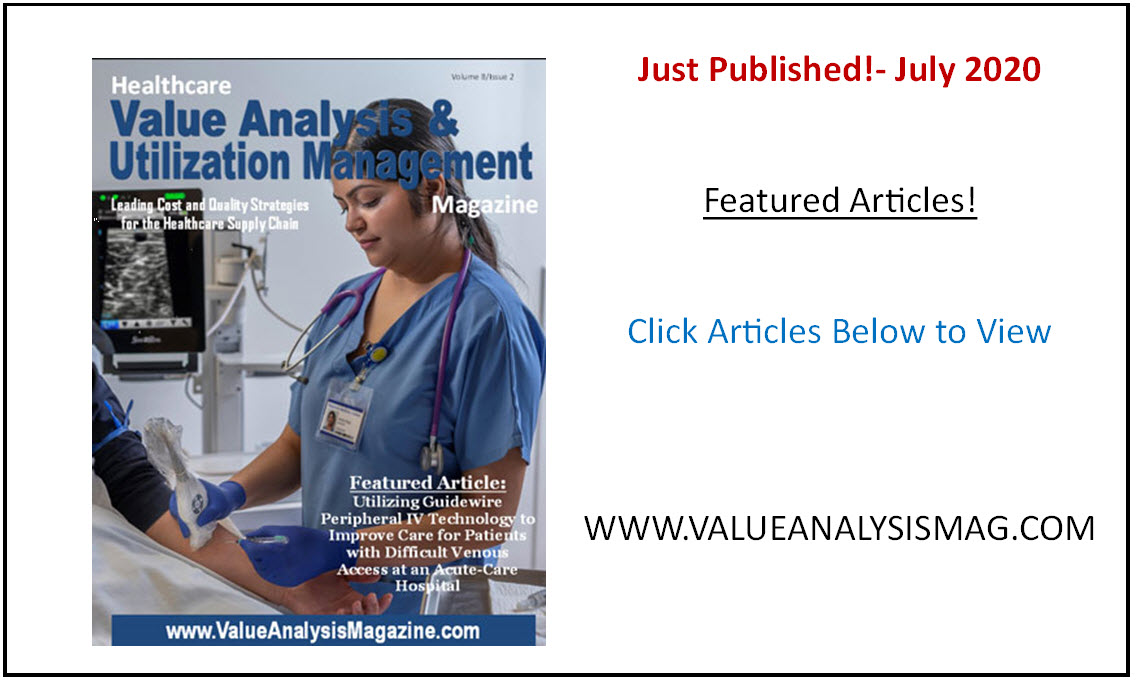Robert T. Yokl, President/CEO, SVAH Solutions
Value Analysis Selling™ is all about asking the right questions, such as, what are the required functions (primary, secondary and aesthetic) for the product, service or technology under study? What functions are absolutely, positively necessary? Who are the customers, stakeholders and experts for this commodity? What are the family of products, services or technologies? Why are you changing now? What is the biggest problem you are facing with this commodity? What are the lower cost alternatives for this product, service or technology, etc.?
Start with a Blank Piece of Paper
The first thing that a sales representative must learn as a value analysis advisor is that when they receive a request for a new product, service or technology from a hospital, system or IDN customer, DON’T immediately look for a solution in your company’s catalog. Start with a blank piece of paper and then design the product, service or technology from scratch by employing the functional approach to questions listed above.
For example, if your customer is looking for a new cardiac catheter, ask them the primary function or purpose for which they see this catheter being used. Will it be used for any other purpose (secondary functions) and what are their aesthetic functions (nice to have, but not absolutely required to meet your primary function), such as, color, packaging or extra ports. With these functional specifications in hand, you can now go to your catalog to match the required functions to a product in your inventory.
Unfortunately, too often what typically happens is that a sales representative will be asked for a quote on a new cardiac catheter and won’t ask the right questions, thereby providing a value mismatch, not a match for their customer’s exact requirements. This sales technique too often leads to a feature-rich, over-priced product being quoted. Then the sales rep wonders why they lost the order.
Look for Opportunities for Improvement
In addition to getting your customer’s functional requirements right the first time (no more or less than they need) you also need to look for opportunities for improvement for your customers. That’s why you ask the question, “What is the biggest problem you are facing with your current cardiac catheters?” And, if possible, observe how they are being used now. Trust me when I tell you that you will identify with this technique thousands of dollars of savings for your customers, along with scores of quality improvements, by doing so. This is another way to justify a higher price if this is a roadblock to your sale. Anyway, this is what a Value Analysis Advisor™ is all about; being a true partner to your customer, even if it hurts your sales in the short-run.
Undercut Your Competition by Providing Your Customers with Best Value Products, Services and Technologies
The definition of “best value” is providing your customers with what they absolutely, positively need at the lowest possible total cost. By cost, we are talking about “total life cycle cost” of your product, service or technology, not the price at the pump. That’s why you must look at the total life cycle cost of any product, service, or technology for which you are asked to give a quote, not just what your customer says is important to them.





